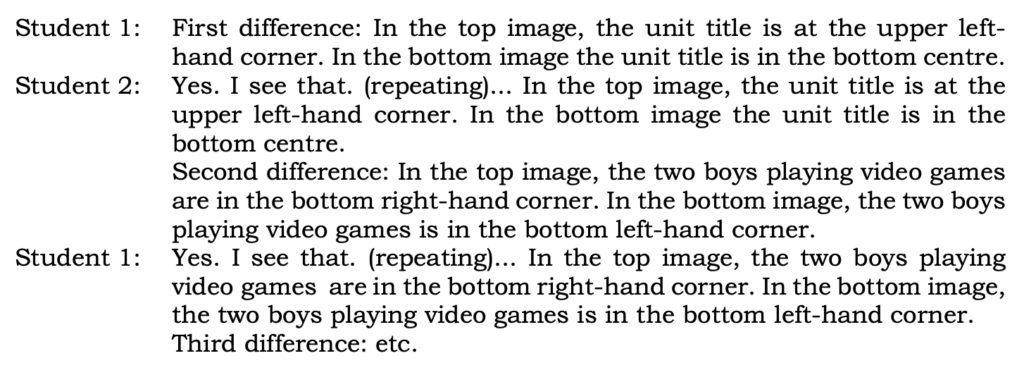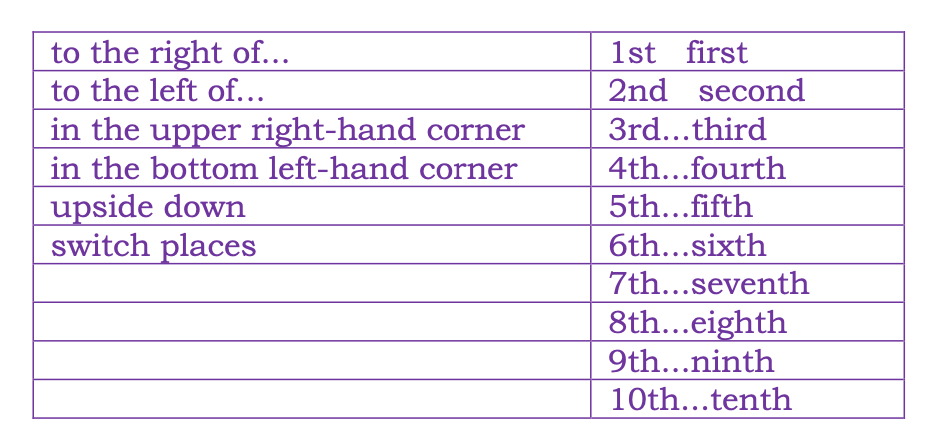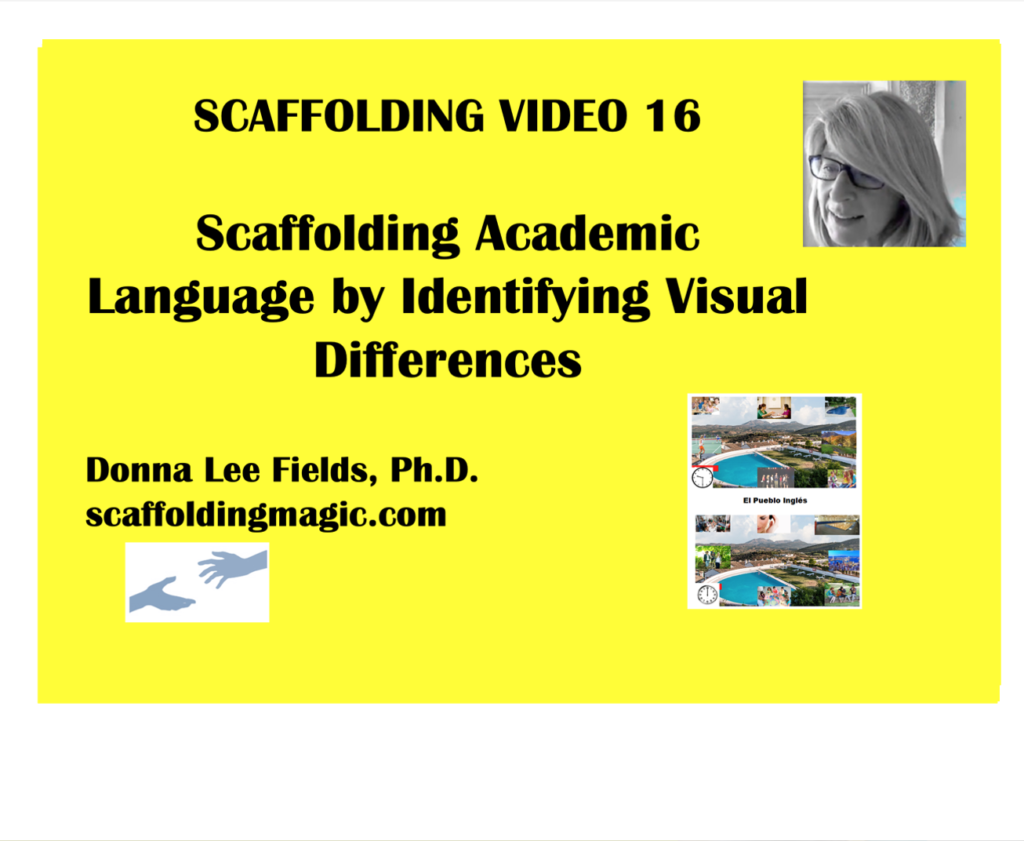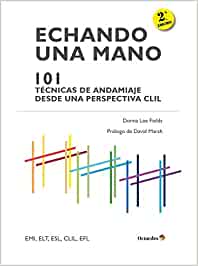Download PDF of scaffold here.
You caught a beauty!!!
Download PDF of scaffold here
theory behind scaffold…
Studies show that memorising academic language is ineffective in the long-term*. Students may be able to pass an exam they are studying for, but without having used the terms to analyse, compare, categorise, and defend their own ideas, most students will forget the meanings of the words as quickly as they learned them.
The solution is easy. We create opportunities for our students to use these words, terms and phrases while analysing, comparing, categorising, and defending their own ideas.
And let’s add one more element: writing. According to experts, ………………………………….d in writing are highly complex. When language learners write, they have to pay attention to higher level skills of planning and organising as well as lower-level skills of spelling, punctuation, word choice, etc. The challenge for students becomes even more pronounced if proficiency in their home language is also weak.**
This scaffold combines visual, verbal and writing skills to assimilate academic language, so that students’ linguistic development is supported through varied learning styles. Moreover, ……………………………………. this combination of skills enables them to become more proficient in both the classroom and their home language/s.
Above all, the scaffold turns a ……………………………………….. an important component of becoming lifelong learners. ***
* Zwiers, Jeff (2011), Academic Conversations Stenhouse Publishers
** Richards, Jack C. and Renandya, Willy A. (2002). Methodology in Language Teaching, New York, Cambridge University Press.
*** Hattie, John Visible Learning
step by step…
The concept of this scaffold is to distinguish between two ostensibly identical images – that originate from your students’ books or any resource you may be using. Some images appear in different places on the two copies, so that students are motivated to verbalise, negotiate and later write the differences between the two.
You want to choose and manipulate those images that highlight key vocabulary, terms, and/or phrases from the unit so that students are using, repeating and clarifying these terms, thus deepening their knowledge of their meaning.
There are two ways to create this scaffold:
- In the duplicated image from the Student Book, you change the position of images that do appear
- In the duplicated image from the Student Book, you add images so that key academic language is highlighted.
You’ll see examples below of these two ways to create this scaffold.
- Choose a page with an image from a lesson, unit or project you are about to begin, that has an overview of the academic concepts included. (See example below.)

- Using the information from the page and the unit at large, extract key academic language and make a table with these, including a column with the terms translated into the majority student home language. (If possible, coordinate with other support teachers to make translations into minor student home languages.). In this way, you’re supporting the students’ learning with translanguaging. (See example below.)

- Enlarge the image and make two copies of it.
- Here you have two choices:
- Choose images from the main image, copy them, and paste them in another place on the duplicated image, or
- Find images for some of the academic language that are not included in the main image, and paste these in the duplicated image. (See example below.)
Below you see examples of options (a) and (b):
Option (a): Images from the original page are manipulated in the duplicate copy so that they are in different positions
Option (b): Supplementary images included in the table, placed in different places in the duplicate copy.
- Give your students the table of academic language that they will need to verbalise the information in the images (with the column of translanguaging.)
- Explain that they will work together in pairs to verbalise the differences they see between the two copies. They repeat everything each of them says (thus reinforcing academic language and prepositions of location.)
Example for Option (a):

- Formative Assessment: In pairs, students write an 8-10-sentence paragraph about what they do in their free time.
- Reflection: Students answer the following questions from the Question Continuum. (Remember, some questions reflect content and others reflect methodology thus augmenting even further self-efficacy.)

- Do you have……………………?
- Which ……………. the weekends?
- Who d………..
- When…………………….ave free time?
- Where do you go when you want to be alone?
- What are………………………………………..ou don’t have obligations?
- How should free time be viewed in our lives in general?
- Why is the term referred to as ‘free’ when we talk about ‘free time’?
- What if you were given as much free time as you wished every day for two weeks? What would you do?
* Richards, Jack C. and Renandya, Willy A. (2002). Methodology in Language Teaching, New York, Cambridge University Press.
video explanation of scaffold…


Scaffoldingmagic.com is your entryway into DYNAMIC bilingual learning methodologies, such as Phenomenon-Based Learning, CLIL, EMI, and ESL. You’ll find ways to implement critical thinking tools (DOK) to promote higher level thinking, the growth mindset, instill an ethic of excellence, deep reflection on learning, and all through multi-cultural, interdisciplinary activities. We have the keys to turning competences into action and to creating collective efficacy in your school so you move ahead as a unified, enthusiastic team.







